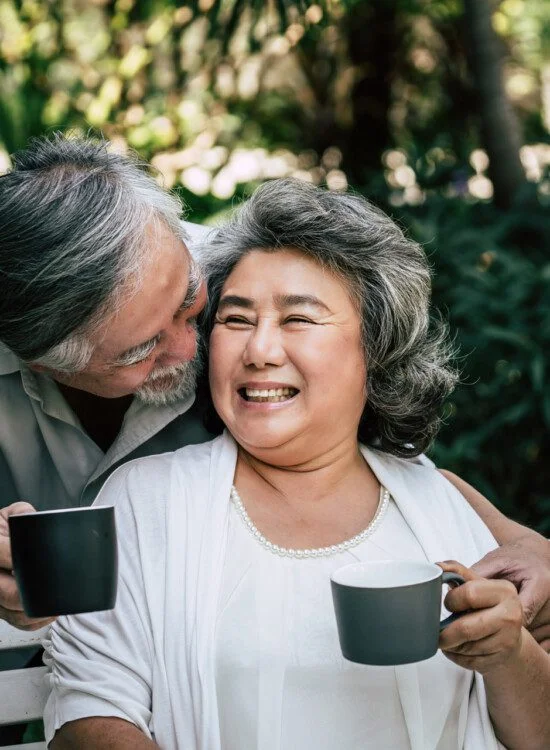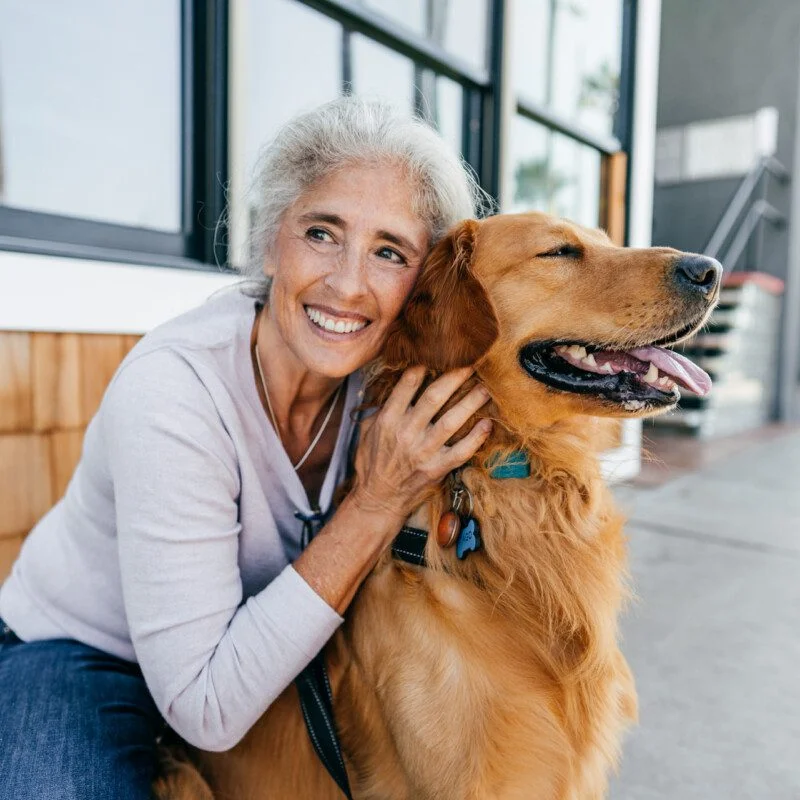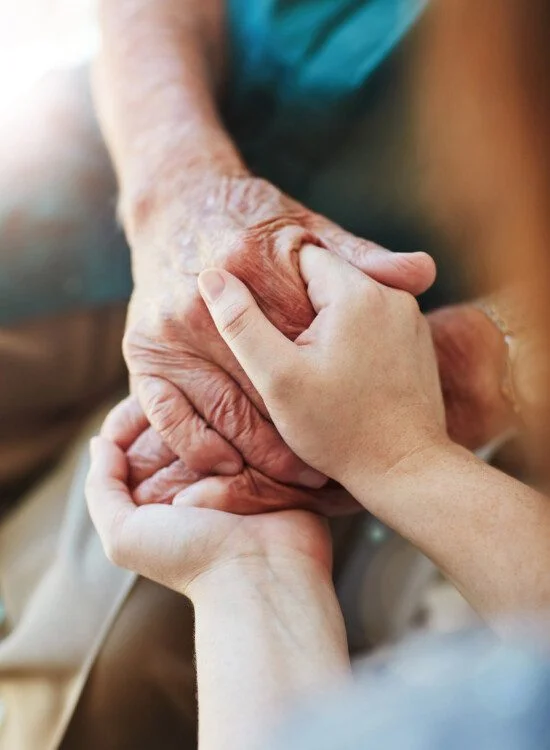Understanding Senior Living Lifestyle Options
Independent Living: Redefine What Daily Life Can Look Like
- Carefree Living: Weekly housekeeping, maintenance, and linen service let you focus on what you enjoy.
- Elevated Amenities: Culinary, wellness, and cultural offerings reflect a lifestyle of choice and intention.
- Engaging Spaces: Community areas are designed to welcome both spontaneous conversations and quiet moments.
- Whole-Person Wellness: Daily opportunities support physical, mental, and social well-being.
Independent seniors who want a refined, active lifestyle with access to amenities and experiences that reflect their interests and priorities.
The right fit comes from asking the right questions. Consider the following during your conversations:
- Program Variety: “What does a typical week of events or programs look like?”
- Resident Involvement: “How do residents share ideas or shape offerings?”
- Spaces & Design: “How do the physical spaces support the way people spend their days?”
- Unique Advantages: “What sets Village on the Green apart from other independent living communities?”

Assisted Living: Personalized Services with Everyday Elegance

- Individual Approach: Care plans are tailored to personal routines and daily preferences.
- Inviting Activities: Offerings range from morning classes to evening socials, with flexibility in participation.
- Dining Excellence: Meals are prepared with fresh ingredients and presented in a restaurant-style setting.
- Wellness as a Priority: Programs are created to promote health, movement, and enrichment.
Those who enjoy living independently but benefit from assistance with:
- Bathing, dressing, or grooming
- Medication reminders or management
- Navigating meals or daily movement
- Maintaining familiar routines
Explore how each community delivers services that meet your expectations. Start with:
- Qualifications: “What kind of training do care team members receive before working directly with residents?”
- Activity Design: “How are programs selected, and who participates in the planning?”
- Dining Options: “How are preferences honored and special diets accommodated?”
- Feedback Loops: “What opportunities exist for resident and family input?”
- Health Resources: “Are wellness services available on-site, and how are they integrated?”
Memory Care: Purposeful Living with Personalized Attention
- Custom Plans: Daily routines and interactions are based on each resident’s history and preferences.
- Supportive Layouts: The neighborhood is structured to encourage comfort and ease of movement.
- Therapies That Connect: Residents participate in music, art, and sensory-based programs designed for cognitive wellness.
- Family Collaboration: Loved ones are invited to stay involved through conversations, visits, and shared experiences.
Individuals living with Alzheimer’s Disease or other memory-related conditions who benefit from:
- Daily schedules built around what’s familiar
- Secure surroundings that support independence
- Cognitive-focused enrichment
- A consistent, experienced care team
A personalized approach makes all the difference. Use these questions to explore memory care at Village on the Green:
- Training Standards: “What specialized certifications do team members hold in dementia care?”
- Enrichment Programs: “What kinds of creative therapies are part of the weekly schedule?”
- Care Adjustments: “How does care evolve as needs change?”
- Meaningful Moments: “What does a successful day look like for residents?”
- Family Communication: “How often do loved ones receive updates or participate in planning?”

Skilled Nursing: Comprehensive Medical Oversight

- Experienced Professionals: Services are delivered by licensed nurses and clinicians with broad healthcare expertise.
- Individual Plans: Each resident’s care plan is developed with attention to medical needs and personal preferences.
- Integrated Services: Health monitoring, therapies, and personal care are all part of a coordinated approach.
- Thoughtful Settings: Rooms and community spaces support both care, privacy, and quality of life.
Older adults who require:
- Post-operative or rehabilitative care
- Daily clinical services
- Oversight for chronic conditions
Quality skilled nursing starts with the right conversations. Begin here:
- Licensing & Experience: “What credentials and specialties are represented on the care team?”
- Plan Management: “How often are care plans reviewed and who’s involved in updates?”
- Coordination of Care: “How are physicians and families kept involved in the process?”
- Therapy Options: “What therapy services are available, and how are they integrated into care?”
- Resident Engagement: “What daily offerings are available in addition to medical services?”
Rehabilitation: Targeted Recovery with Professional Support
- Licensed Therapists: Care is delivered by professionals trained in physical, occupational, and speech therapy.
- Individualized Planning: Your recovery plan is built around your goals, not a generic standard.
- Integrated Approach: Programs address strength, balance, coordination, and cognitive function.
- Ongoing Preparation: When therapy concludes, guidance continues to help maintain your progress.
Individuals who are best supported by on-site therapy and personalized guidance for recovery from:
- Joint replacement or orthopedic procedures
- Stroke or other neurological conditions
- Prolonged illness, injury, or hospital stays
Rehabilitation works best when it’s aligned with your needs and mindset. Ask:
- Planning & Goals: “How is my therapy plan developed, and how often is it updated?”
- Modalities & Tools: “What equipment or techniques are available to support recovery?”
- Measuring Results: “How is progress tracked and communicated?”
- Post-Therapy Support: “What happens after I’ve completed formal rehabilitation?”
- Collaborative Care: “How do therapists work alongside medical providers or nursing care?”

The CCRC Advantage: Seamless Living for Every Stage
Choosing the Right Level of Care


